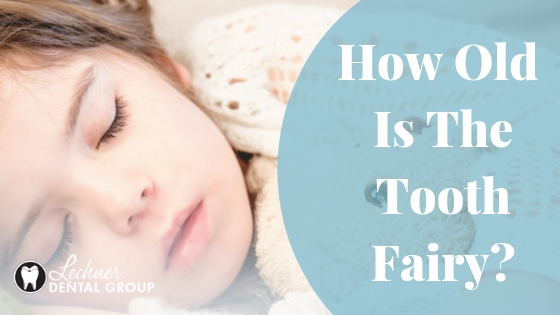
Everyone can think of moments from our childhood years when the Tooth Fairy traded cash for our precious baby teeth.
It is a favored tradition for American families, and the Tooth Fairy is additionally a good narrative for parents to use when attempting to entice their children to take better care of their teeth. As a matter of fact, writer Vicki Lanksy discovered that boys and girls were even more dedicated to keeping up excellent dental hygiene if their parents persuaded them that the Tooth Fairy paid more for perfect teeth. Still, did you realize that the Tooth Fairy that we recognize is predominately unique to Americans? Plus—contrary to Santa Claus and the Easter Bunny—the foundations regarding this ritual are quite unknown.
How Do You Become The Tooth Fairy Consultant?
Rosemary Wells, a teacher from the Northwestern University Dental School, chose to conduct some research on the strange inceptions of the Tooth Fairy. What she realized was that the Tooth Fairy had not been as ancient as was actually believed. The earliest oral indication of the Tooth Fairy took place close to the turn of the 20th century. In 1927, this character showed up in print for the first time. Wells continued her research for a long time and she also organized a nationwide inquiry that consisted of close to 2,000 families. One of the most significant of Wells' results is the gallery that she has opened that features all of her research and findings. And where is this museum? It's inside of Wells' Illinois home. Her business card even announces her as the official "Tooth Fairy Consultant."
How Do Children Around The World Celebrate The Tooth Fairy?
While the concept of the pop culture Tooth Fairy has its roots in the American lifestyle, the procedures regarding lost baby teeth can vary from country to country. Children from Russia, New Zealand, France, and Mexico keep their baby teeth beneath their pillow in the hopes that a mouse or rat will swap it out for money or desserts. The idea of this theory is that the young ones' teeth may grow back as powerful as a rodent's. Several cultures' practices of the Tooth Fairy include a rodent or mouse, but it relies on the area; additionally, the location the child leaves their tooth—either beneath their pillow or out in the open—also varies. The French call this figure La Petite Souris, while the Spanish call it Ratoncito Perez.
Other popular customs include plunging the lost tooth in a cup of water or milk--and even wine--and placing it by the bedside table. The Norwegian tooth fairy named Tannfe favors the teeth in clear water due to the fact that her aged and exhausted eyes just cannot locate the tooth anywhere else. When the child awakes in the morning, a silver coin will be on the floor of the glass. For Irish kids, the tooth fairy is a childish leprechaun known as Anna Bogle that mistakenly lost her front tooth. She takes children's lost teeth to take the place of her own, and in exchange, she leaves behind a glossy gold coin. At the same time, in Asian countries, children will toss teeth lost from the lower jaw onto the roof of their house, and teeth lost from the top jaw will be thrown inside the space beneath their home. Ordinarily, the children will shout out an aspiration for sturdy, healthy teeth to develop in its place.
There are several cultures that handle the ritual of lost teeth with superstition. For example, in Austria, young children used to hide their teeth in the environments around their property. This was done to guard the kids just because Austrians felt that if a witch got a kid's tooth, that kid could easily come to be cursed. On the other hand, Viking soldiers thought their children's teeth gave luck during the course of a battle, and they usually created jewelry out of the teeth to wear to combat.
Practical Methods To The Tooth Fairy
It can be suggested that the exercise of these numerous tooth fairy rituals can aid children in solving the anxiety of losing teeth, and also supply comfort during the course of this new life event. Anthropologist Cindy Dell Clark has said that a child being given money for their lost tooth is the primary evolution into their adult years since earning money in adulthood is an exercise in accountability and agency.
Rosemary Wells and Cindy Dell Clark are not the only ones who have been investigating and researching the outcomes of the tooth fairy.
In 2013, Visa reported that the common amount provided for a tooth in the USA was $3.70. Jason Alderman, Visa's senior director of global financial education, has stated: "It is due to a combination of things: one is a reflection of an improving economy, and that parents feel they can afford to be generous in small areas."
Our team would like to know what you think! Did you have a one-of-a-kind tooth fairy belief in your childhood? What did the Tooth Fairy leave behind for you? Additionally, parents,
Dr. Lechner has a few tips on his blog explaining why healthy baby teeth are so important when it comes to maintaining healthy permanent teeth.